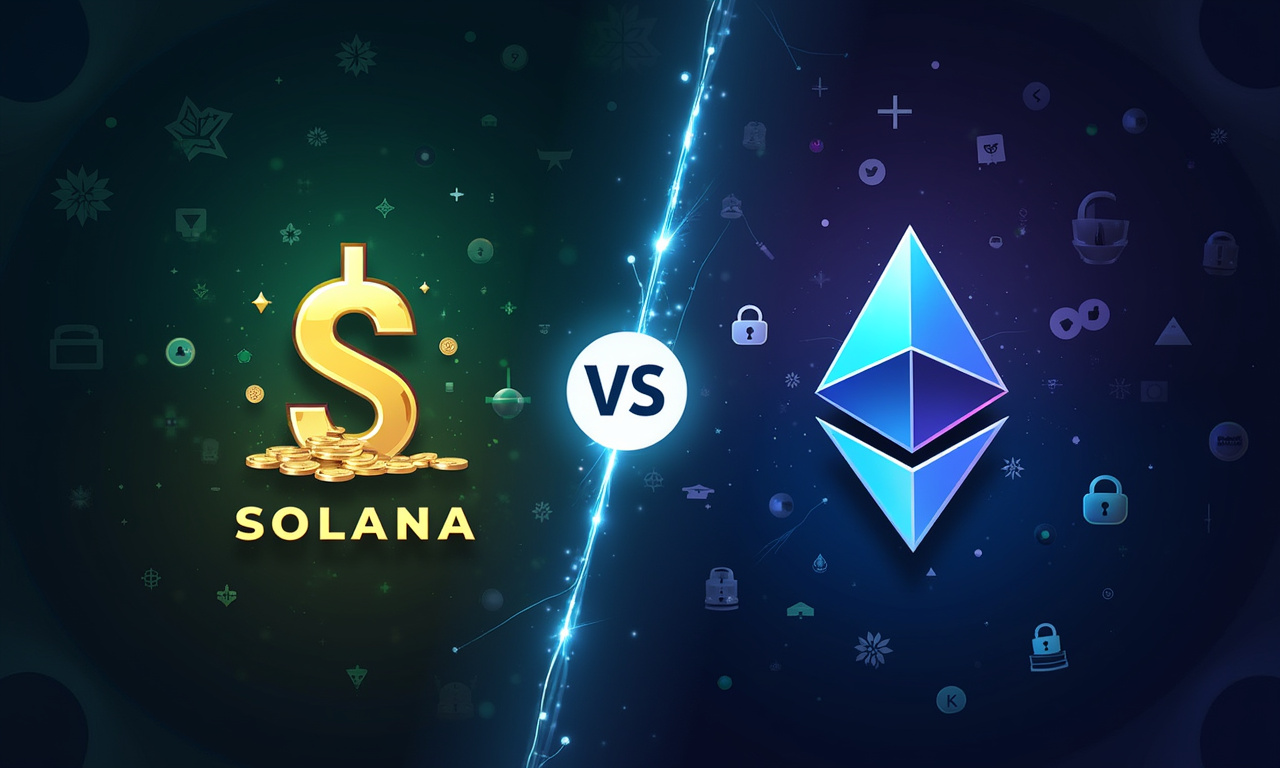
Alright, 6.8 billion devices all singing from the same blockchain hymn sheet. That's a bold claim, ImFact. My gut reaction? A healthy dose of skepticism. We've seen this movie before: blockchain promises the moon, delivers… well, sometimes just moon dust. Let's dig in, shall we?
Blockchain Everywhere: A Solution Looking For a Problem?
Does every day smartphone user actually shuffle awake in a panic And they absolutely don’t worry about making sure that photos are real by providing third-party cryptographic proof! Maybe influencers battling deepfakes do. But your mom? Probably not.
The central concept – of embedding blockchain directly into devices – is truly fascinating. Think about it: security cameras with tamper-proof footage, autonomous vehicles with verified sensor data. That's powerful. It raises questions. Is this really a novel new approach, or simply a smart re-packaging of other DePIN ideas? To their credit, they developed the idea that it creates a level of trust within the hardware itself, that’s a pretty strong differentiator. Current DePIN approaches have a heavy reliance on outside validation that creates multiple vulnerabilities.
The DaeguChain experiment is interesting, but let's be real: running a blockchain for a city of 2.5 million people is a far cry from scaling to billions of devices globally. It's a decent proof of concept, but it doesn't guarantee success.
AI's Data Deluge: Blockchain's Last Stand?
The case for why we urgently need blockchain to fight the AI-driven synthetic data apocalypse hits home. And with AI rapidly improving its ability to generate realistic fakes, how can we know what’s real anymore? This is where ImFact may actually be on to something. Blockchain is uniquely suited to fostering trust. Its underlying immutability is what makes it a fundamental tool in a world increasingly flooded with digital counterfeits.
- Problem: Verifying data authenticity in the AI era.
- Proposed Solution: Personal & On-Device Blockchains.
Even here, I see potential pitfalls. Without a clear policy debate and pathway for addressing a very bad existing dataset, the blockchain will just immutably record garbage. Garbage in, garbage out, as they say. Blockchain doesn’t magically make bad data good.
Unexpected Connection: Think of it like this: blockchain is like a super secure vault. Just about certainly not the best thing to put in it. Once you insert a counterfeit bill, it’s still a counterfeit bill—only securely stored.
Risks, Rewards, and Regulatory Riddles
Let's talk risks. Security is paramount. If hackers are able to claim victory on the delicate on-device blockchain implementation, the whole system falls apart. Scalability is another concern. Second, can the network actually support billions of devices, all writing data to the blockchain 24/7? And what about regulatory hurdles? Just as blockchain technology expands deeper into our daily lives, governments will be forced to intervene with regulations. Can ImFact succeed in this tricky environment?
There's the question of incentives. On paper, device mining rewards and verification incentives are appealing mechanisms to motivate a larger base of participants. Or will it simply lure in speculators hoping to be the Next Big Thing and make a quick buck?
On the upside In terms of potential, though, the sky’s the limit. Welcome to CredProof, built on that transformative idea. It’s as easy as using a QR code—just scan it with your phone! That would be a game-changer. Getting there will require overcoming important technical and regulatory hurdles.
- Security vulnerabilities
- Scalability challenges
- Regulatory hurdles
This “Station” technology, which is apparently central for connecting Personal/On-Device Blockchains to the Ethereum mainnet, deserves more rigorous consideration. Seamless integration and cryptographic security? That's a tall order. If so, they need to transparently show how secure and efficient it is. Otherwise, it's just another black box.
I picture a team of blockchain engineers frantically debugging code at 3 AM, fueled by lukewarm coffee and the crushing weight of expectations. Been there, done that.
Emotional Trigger (Anxiety/Fear): The potential for misuse of this technology is a concern. Consider a world where malicious actors leverage on-device blockchains to disseminate misinformation or otherwise tamper with data. The consequences could be devastating.
ImFact's "Blockchain Anywhere" vision is ambitious, bordering on audacious. It's a high-risk, high-reward proposition. The technology undoubtedly can address real problems, but there are still plenty of challenges ahead. Before we anoint it the next big thing, we should wait for some real-world deployments. We’re looking for rigorous security auditing and a demonstrable scalability roadmap as well. Until then, I’m going to continue to keep my skepticism high and my money safely in my pocket. Let’s make them show the public good in the testing – not just claim to deliver it in application.
Oh, and one last thing: please, for the love of Satoshi, let's avoid slapping a Shiba Inu on everything. Focus on the tech, not the memes.
Oh, and one last thing: please, for the love of Satoshi, let's avoid slapping a Shiba Inu on everything. Focus on the tech, not the memes.

Tran Quoc Duy
Blockchain Editor
Tran Quoc Duy offers centrist, well-grounded blockchain analysis, focusing on practical risks and utility in cryptocurrency domains. His analytical depth and subtle humor bring a thoughtful, measured voice to staking and mining topics. In his spare time, he enjoys landscape painting and classic science fiction novels.








